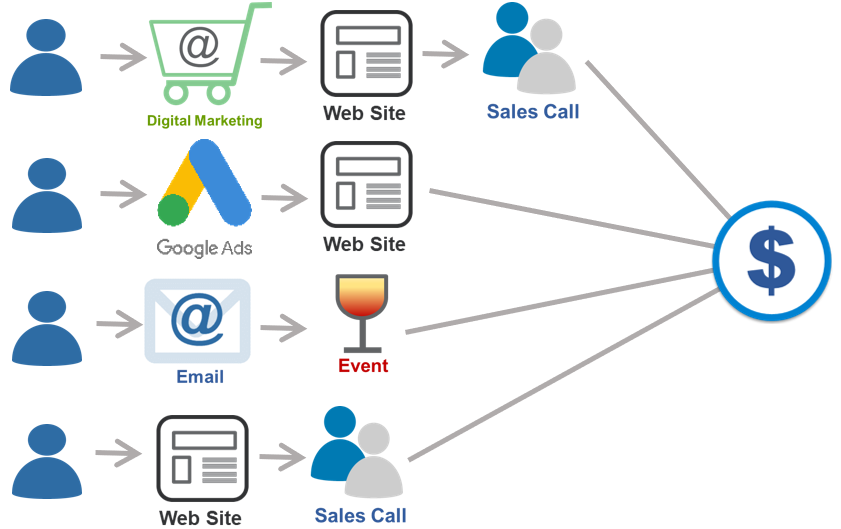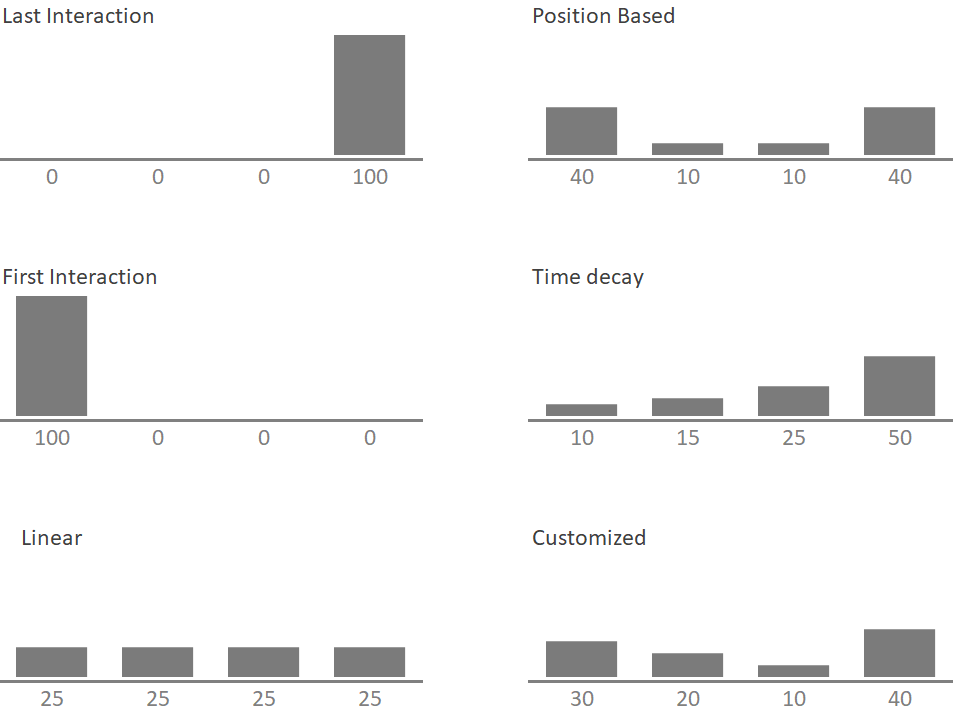
Exhibit 28.8 Customers journeys leading to conversion.
A customer journey is the path or matrix of interactions
a customer has with a business across various channels, over a period ranging from days to
months to years. The interactions shown in the customer journey in Exhibit 28.8 may lead
to conversions, which is the proportion of users who perform a target action, such as making a
purchase, subscribing to a newsletter, and so on.
The ability to track the customer journey and analyse conversion rates is
important for businesses to understand and optimize their marketing and sales strategies.

Exhibit 28.9 Conversion attribution models.
Source: Aditon
To allocate marketing resources effectively, it is
essential to know which channels and elements of the marketing mix are driving conversions.
Attribution models help to assess the importance of each channel in driving conversions. The
most widely used models, depicted in Exhibit 28.9, use heuristics or thumb rules to
allocate credit for conversions to different touchpoints along the customer journey. The
allocation criteria for these models are as follows:
- Last Touch Attribution: Recognizes solely the marketing channel
directly preceding the conversion.
- First Touch Attribution: Credits only the first marketing channel
in the customer’s journey.
- Linear (evenly weighted) Attribution: All channels get equal
credit.
- Position Based Attribution: First and last channels get greater
credit than the rest.
- Time Decay: Attribution decays exponentially from last to first
touch.
- Customized: Attribution is based on some thumb rules.